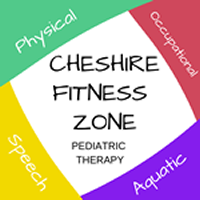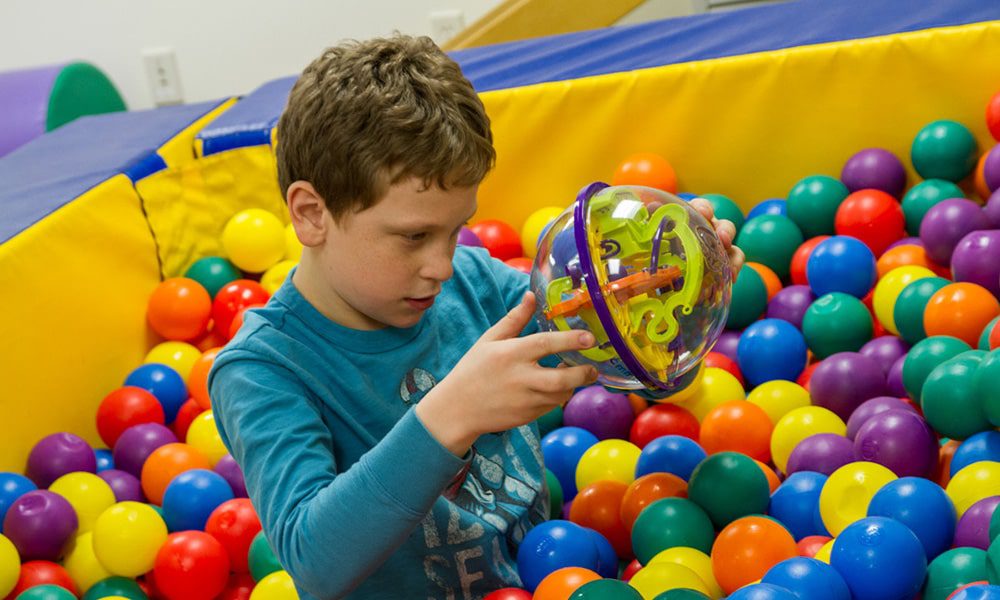Millions of people in this country are living with osteoporosis and many others are at risk of the disease based on recent National Osteoporosis Association statistics. But before defining what osteoporosis is, it is important to note that the human body is made up of three main components that include living bone cells, calcium phosphate mineral complexes, and collagen.
By the time a person reaches the age of 25 years, he has the greatest amount of bone and there is more balance between bone growth and loss. After 25 years of age, the gap between bone growth and loss becomes more pronounced. Osteoporosis in this regard can be defined as the loss of too much bone and not making enough of it, or even both.
Too much bone loss
Besides spinal cord injuries and fragility fractures, other osteoporosis complications include:
• Pressure sores
• Autonomic dysreflexia
• Loss of motion
• Heterotopic ossification at fracture site
• Amputation
There are a wide range of other complications not listed above, but these are some of the commonest. Apart from medical management of osteoporosis, there are other ways to provide physical rehabilitation without placing the patient at too much risk, aquatic therapy being a favorite.
Benefits of aquatic therapy
There is a wide range of benefits of aquatic therapy environment that include temperature control which helps the patient to achieve his objectives. Water properties that are of a great benefit to patients living with osteoporosis in a summary include:
• Viscosity: This is used to provide resistance or facilitate movement depending on timing and direction of the movement and the equipment use.
• Hydrostatic pressure: This improves cardiovascular response, peripheral edema, proprioceptive and balance training, and creates a forgiving, supportive and safe treatment environment.
• Buoyancy: This is the upward thrust that happens when a body is submerged in water. The depth of water in this case can be adjusted for more or less buoyancy as the patient progresses.
These properties all offer support to the affected body in a number of different ways leading to improved safety for people living with osteoporosis. Hydrostatic pressure and buoyancy decrease the force that is transmitted through the joints and thereby, decreasing the sense of body weight when carrying out mobility undertakings. Viscosity on the other hand allows the patient to carry out resistive activities, increasing muscle utilization while at it. Similar to weight training, it provides the benefit of increased bone density with minimized joint stress and fracturing risk. Maintaining the pool’s temperature in the range of 90-95 degrees lets the patient to relax so as to maximize the benefits of aquatic therapy.
Aquatic environment significantly decreases fall risks which results from resistance to movement offered by viscosity working in conjunction with buoyancy. On dry land, when people experience a loss of balance, gravity swiftly acts and offers forces that accelerate the fall. This increases the chances of injury to the affected person. In aquatic environments, gravity forces are totally altered, allowing the person time to react to a loss of balance and quickly recover, even without the therapist’s help.
All in all, aquatic therapy in CT is perfect when it comes to addressing strength, range of motion and mobility limitations in people living with osteoporosis. It allows the affected person to strengthen his body and at the same time improve his mobility skills with considerably reduced chances of personal injury.



